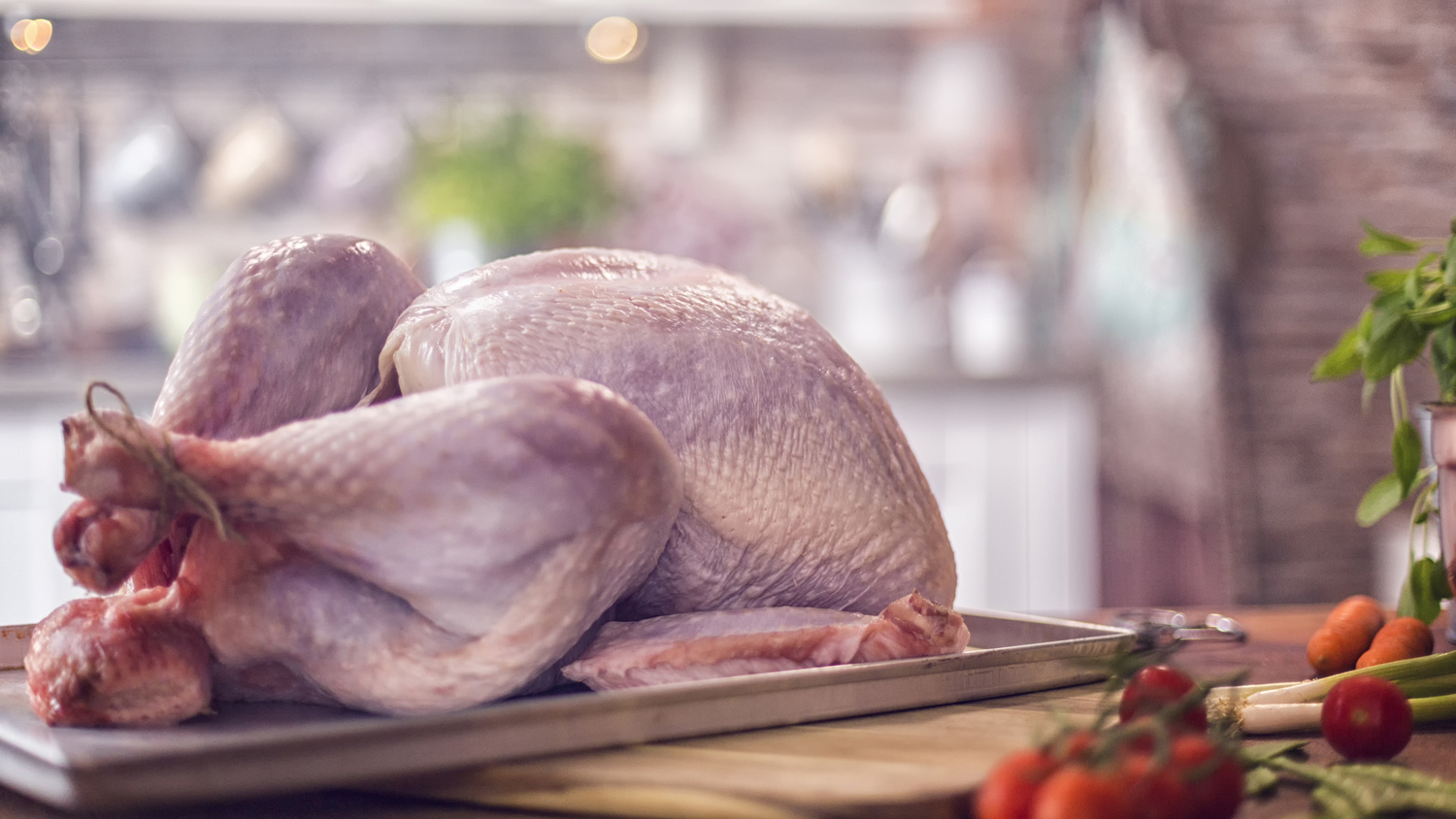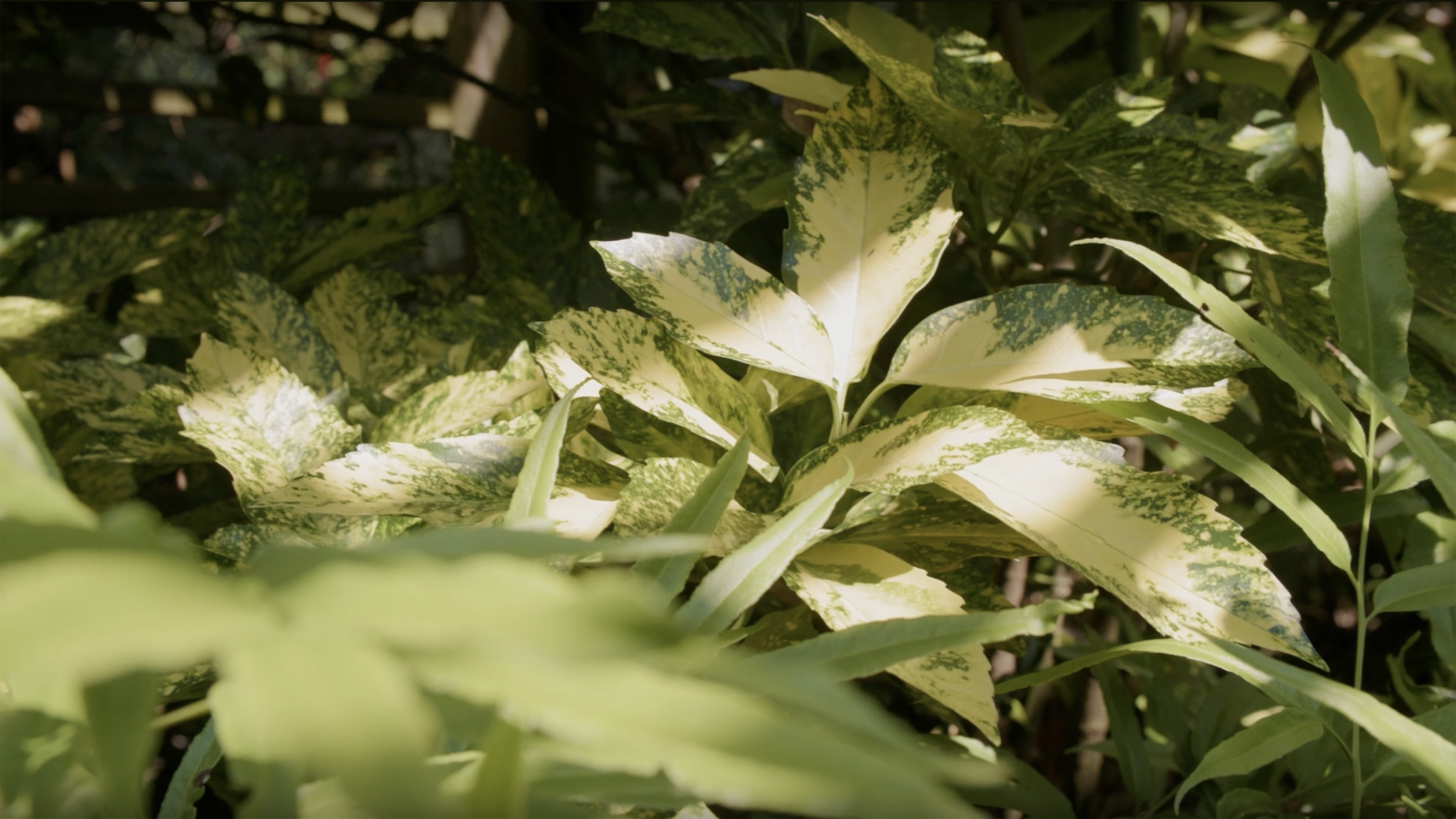Everyone’s favorite eating holiday is here! While cozy family gatherings and Aunt Myrtle’s cranberry relish may be off the menu this year, a big ol’ turkey is still very much in play.
Turkey tends to be the star attraction, the top billing, the big bird (literally) of the meal, so you want to make sure it’s perfect. But first things first: buying and thawing your poultry centerpiece safely.
If buying a frozen turkey, plan to allow 1 day of thawing for every 5 pounds
How many days before Thanksgiving should you buy the turkey? Is it safe to thaw a turkey in water? What about in the microwave? Should you keep a thawing turkey on the counter?
Don’t get your feathers ruffled, our resident food safety expert and NC State Extension specialist, Ben Chapman, shares research-based tips on how to buy and thaw your Thanksgiving feast so everyone stays happy and healthy for the holidays.
If defrosting in water, use a thermometer to make sure the turkey stays below 41 degrees Fahrenheit
We can’t fix the years-long feud with your cousins over who broke the Nintendo when you were kids, but we can make sure you know just what to do in the kitchen!
This In the Kitchen segment of Homegrown was filmed in the Dinah E. Gore Teaching and Research Kitchens at NC State University. The state-of-the-art kitchen complex was designed to enhance and extend our work in teaching, research and Extension.
Tip sheet
Tips to Safely Prepare a Turkey
- Thaw the turkey on the inside and outside at the same rate. The best way to do this is using the fridge.
There are many ways to thaw a turkey, but they all come with their own risks. When thawing a turkey in the fridge, some juices might drip and contaminate other foods. To avoid this, simply place it in a container or a tray that will catch drips. - Don’t wash the turkey.
Although people often wash their turkey in hopes that the water will get rid of bacteria on the skin, this practice is actually dangerous. Bacteria, such as salmonella, cannot be rinsed off with water and will transfer onto your kitchen sink and splash to other surfaces. - Keep your kitchen clean and sanitize afterwards.
Be sure to clean up and sanitize kitchen surfaces and utensils used while preparing the turkey. - Check the temperature of the turkey using a digital thermometer.
Insert your thermometer into the thickest part of the meat to check the temperature of the cooked turkey. The temperature must be above 165 degrees Fahrenheit. - If you want to store it for later, don’t let the turkey sit out at room temperature.
Place the turkey in a plastic bag or a container and put it in the fridge as soon as possible.
- Categories:



